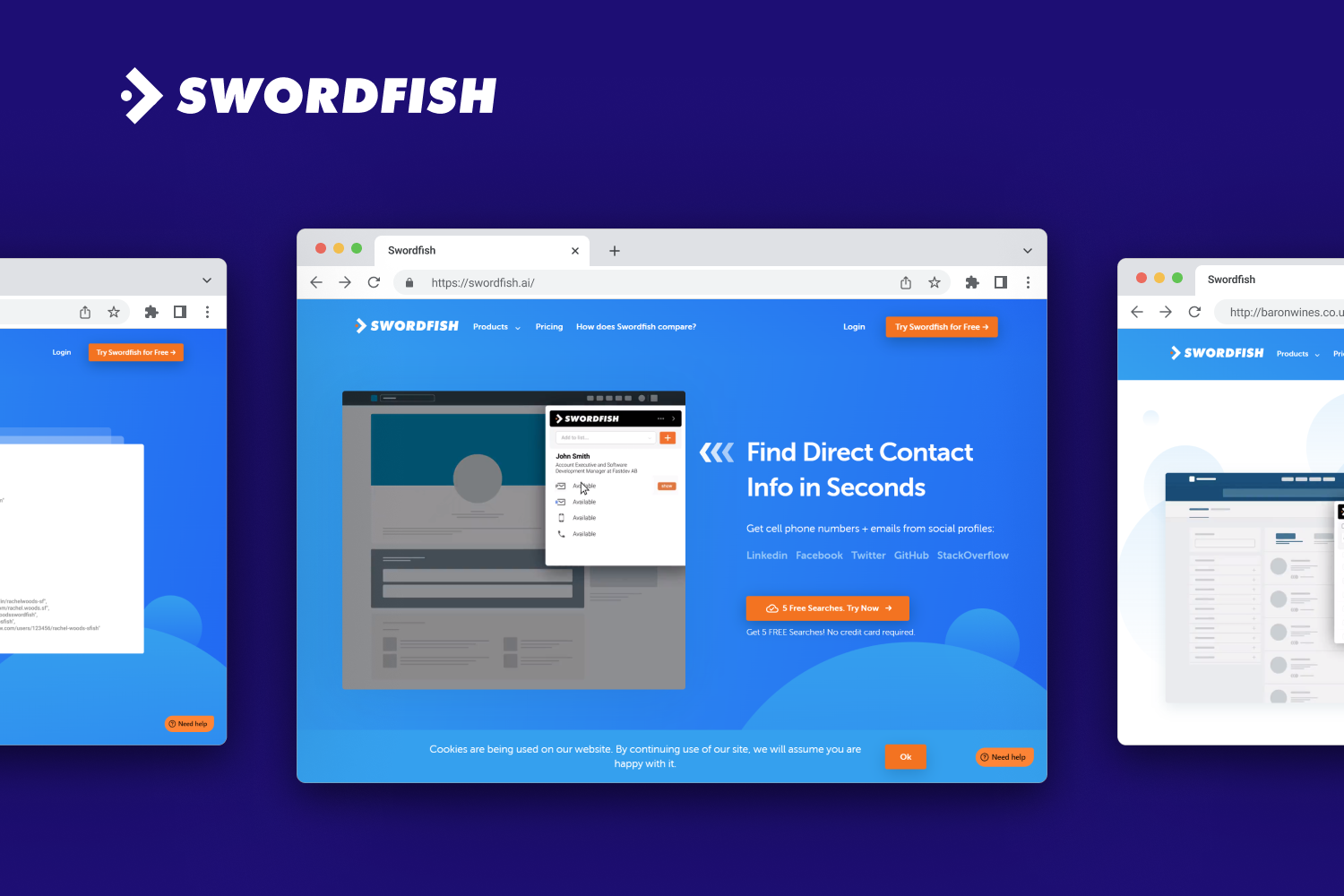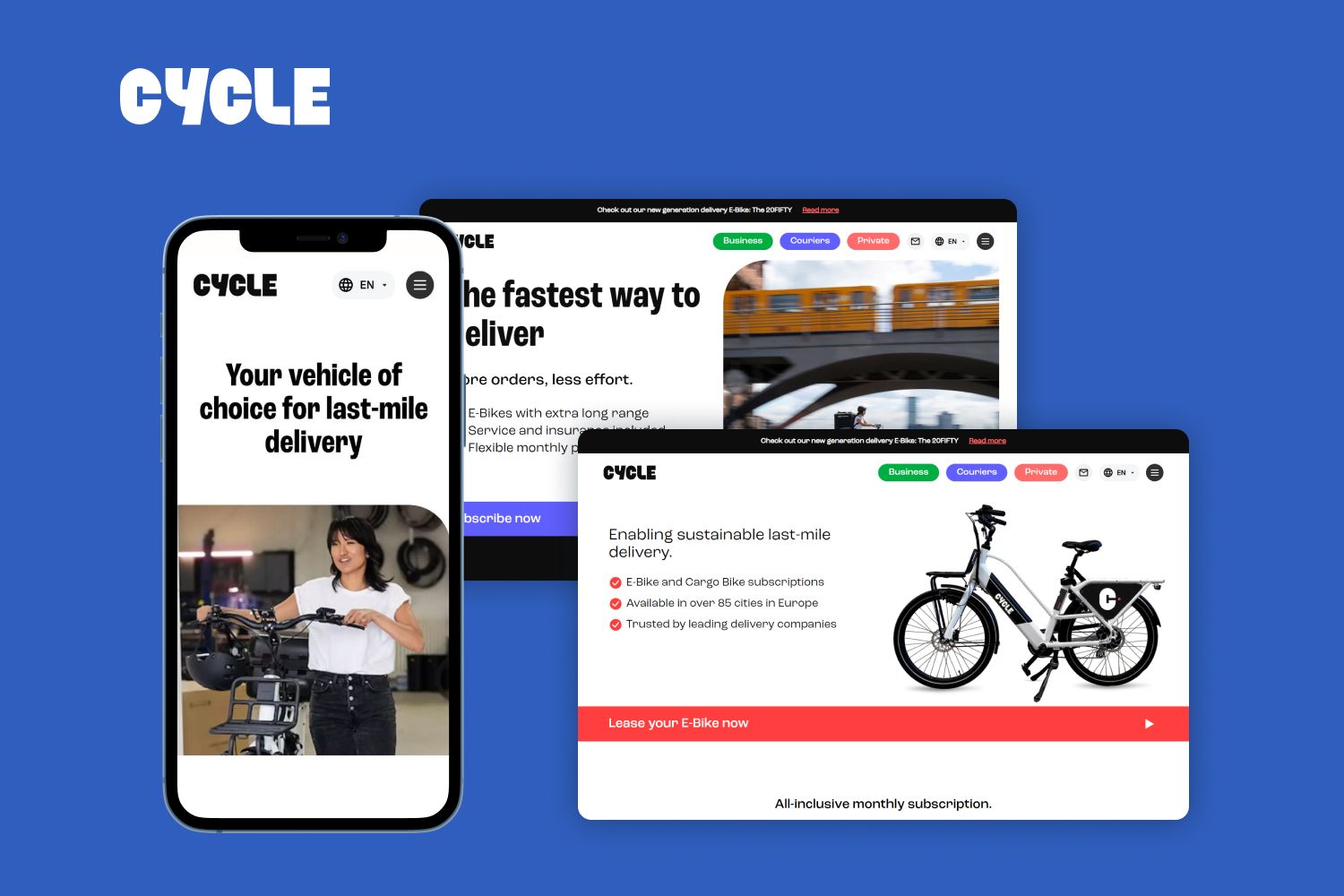How to Reduce Software Development Costs Astronomically: 10 Proven Ways
Check out the top 10 ways to significantly reduce the cost of development.
Has the world of IT ever known a period of stability?
The flow of problems seems to be incessant in software development, each targeting to flatten already tight budgets. But the world is never soft towards business, and the wittiest (read: the one who knows the secrets on how to reduce software development costs) always wins.

So, grab your backpack, and let’s set off to explore a number of proven ways to dodge the bullet, alleviating the negative impact of the perennial crisis and reducing the average cost of software development.
Here are 10 ways to reduce software development costs!
Keep It Clear
As simple as it sounds, communication is the foundation of every successful relationship, and the one between a business owner and their software development team is no exception.
Don’t imagine your team as mind readers or magicians to predict what you need. Precise, clear, and detailed requirements delivered to your team will significantly reduce software development costs and eliminate the need for additional resources due to misunderstandings or ambiguous requests.
The more time you spend on a project, the more money you’ll need to eventually pay, so learning how to effectively convey your idea is to your own benefit.

Choose the Right Tech Stack
The step of determining your business requirements should be followed by a careful selection of the technology stack.
It's possible to choose the right tech stack only when you have a clear picture of your future software: whether you need workflow automation and integration with third-party tools or want to build a B2B marketplace. Only this way can you avoid spending extra on the tools, platforms, and even workers you didn’t need in the first place.
If you’ve already dug up tons of websites searching for the perfect development tools and it was all in vain, we kindly remind you that Fively’s custom software development services include consultation on the most effective tech stack for your personal project.
Adopt DevOps Principles
One of the initial purposes of DevOps was the automation of software development processes, which, in turn, should lead to a substantial cost reduction in the long run. How? These are only two examples of how DevOps helps optimize the budget:
Via moving to the cloud
Having your software stored in the cloud eliminates all the costs connected with maintaining physical servers. For example, AWS and Google Cloud Migration are just perfect for scaling businesses, building and deploying code rapidly, and automating development processes without lots of hustle.

Via containerization
You can keep your whole app and its dependencies in a container that can be run in the cloud or on-premises software and, well, allows you to manage the app outside of the app itself. Containerization tools such as Docker allow for faster deployment of the code, accelerate the whole production cycle, and are easily scalable.
Implement Agile
DevOps and Agile are not two juxtaposed practices. The set of tools of each methodologies greatly boosts software development teams and reduces software development costs when applied simultaneously.
Agile fosters effective collaboration and aims at tech debt elimination. Basically, these two goals are achieved through the iterative approach to software development, where work is divided into small, manageable batches that make bugs easily detectable and fixable in the initial stages.
The whole Agile philosophy is based on the "fail fast" strategy, so without the need to re-work and fix errors when the app is already deployed, lots of time, and hence money, is saved.
Implement QA as Early as Possible
Even though DevOps and Agile presuppose a CI/CD pipeline with its continuous testing stage, it’s necessary to enunciate it once again: Always put the quality and flawlessness of your product as the first priority. Accumulated bugs can cause a bottleneck, hamper, and prolong the whole process of developing. Remember that the earlier you spot an error, the easier it’ll be to remove it.
Make a Research on Your Target Audience
Do you know one of the primary reasons why startups fail? It's a lack of understanding of their market, hence the demand for their product. Dive deeper into the research of the preferences and needs of your future clients as soon as possible so as not to waste money on changing your marketing campaign and remold your whole business strategy after the investments were already made.
Build an MVP
Start small and build a Minimum Viable Product first to evaluate if your idea works, main features work as prescribed, and an app is convenient to the audience. MVP is a good way to attract investors by showing how great and profitable your software is.
Actually, MVP development is one of the most efficient methods of conducting audience research and gathering genuine feedback.
MVP is much cheaper than a full-fledged app, and omitting this step can lead to the failure of the whole enterprise. It’s necessary to test and refine your product to the point of impeccability and only then pour your money into a whole-scale app. Otherwise, you risk spending twice as much trying to find out why the audience is reluctant to pay for your services.
Consider the Location of Software Developers
Obviously, a software development team based in Silicon Valley will estimate the same project much higher than one based in Eastern Europe. And the reason is not lower quality but the discrepancy in the cost of living. It means that an excellent product shouldn’t cost you a packet.
Compare: the average hourly rate of a full-stack engineer from the US starts at $80, while a lot of talented software engineers from Eastern Europe charge at least $25 per hour.
Software development companies that achieved a balance between cost and quality can be found in:
- Poland;
- Czech Republic;
- Romania.
By the way, think about the cultural differences, English language proficiency, and time zone when building a software development team. For example, some people claim that due to the peculiarities of cultures, many Asian companies don’t work within the progressive Agile methodology.

Hire Outsourcing Software Development Teams
Every software development project starts with a conundrum: whether to outsource a software development team or build it in-house. The most cost-effective solution is the first one, which is especially advisable for small businesses.
The thing is that software development team structure isn’t limited to developers alone but includes business analysts, UX/UI designers, project managers, and QA engineers of different kinds.

Furthermore, if you intend to develop mobile apps for multiple platforms, your team must be expanded in order to maintain the high level of each of them. It takes a lot of time and money to fill each position. According to the study conducted by Glassdoor, it takes on average 22.9 days to hire a person.
Then, think about how much time the new workers need to adopt and go through the onboarding stage before proceeding to work with maximum performance. It seems like a great path for a stable, big enterprise, but if you’re already pressed for money, outsourcing is what you need.
It will save you the effort of searching for the workers yourself. Instead, you’ll be presented with a full software development team with every necessary worker according to the type of software you’re going to build and even experts in project management.
Be Wary of Fixed Prices
If you opt to hire a team for software development, don’t fall into the trap of signing a contract with a fixed price for the project. Determining the precise amount at the very start of the business software development process is nearly impossible, though it may seem risk-reducing.
Software engineers can’t know for sure if they will encounter problems that will require more time to develop or, maybe, more resources to achieve the desired user experience. The whole project can turn out to be much simpler than expected, or you may change your mind and limit the number of features in the app from 10 to 3.
Right now you can get a free consultation on your project if you contact our engineers. We will help you plan the project budget correctly.
Anyway, you should leave space for flexibility: yours and that of the team you’ve hired. An important note: when the price is fixed and there’s a need for more tools, developers won’t work at a loss. They’re more likely to compromise quality by choosing the solution that fits their budget better.
Decent Software Development Team Is the Key
The term “average cost of custom software development” is extremely ambigious as the ultimate price ranges from $10,000 up to $500,000. So many factors are at work during process of developing and, depending on the approach, all of them can either add a line to your expenditure list or become an opportunity to cut corners.
For example, cutting costs on quality assurance can save money upfront but result in huge pecuniary losses in the long run due to the damaged reputation and bugs.
So, how to reduce software development costs? Find knowledgeable team members to assist you on the journey. The ones who are able to effectively communicate and open to implementing modern tools whenever they're needed.
Here are some extra tips to outsource the right software development company:
- Check how exactly they ensure the security of software and if the company is compliant with SLA and GDPR;
- Make sure maintenance and post-launch services are provided;
- Clarify if they have a full team with project managers and user experience consultants on board.
- Don’t be enticed by the cheapest offering, and ensure the company will be able to bring your vision of software to life with precise execution.
- Ensure they’re aware of modern software development trends and can embed every modern feature, from fraud detection to system integration.
- Consider the time and material model of outsourcing. It works like this: you pay only for the resources that were factually spent during a particular stage of a project and not the ones that could’ve been used potentially. This way, you can achieve maximum transparency.
The run for cost reduction can be long, grueling, and often to no avail. As you can see, all 10 solutions to reduce software development costs revolve around two things - knowing exactly what you need and the people you work with.
Contact us to make sure that our team is exactly who you need to navigate the complex of software development.
Need Help With A Project?
Drop us a line, let’s arrange a discussion
















